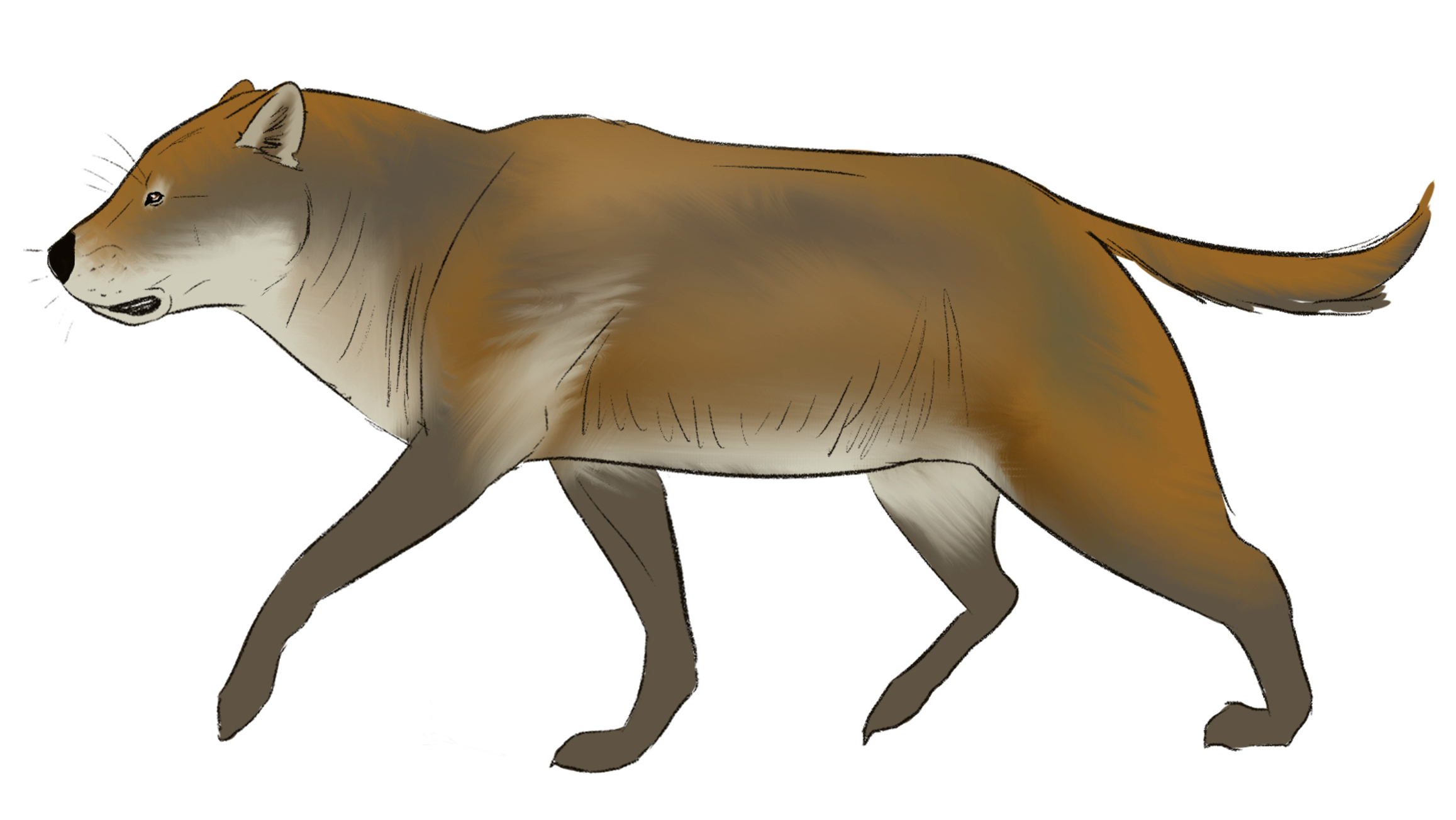|
Rhizocyon
''Rhizocyon'' ("root dog") is an early member of the subfamily Borophaginae, an extinct subgroup of canids that were endemic to western North America during the Oligocene epoch, living from ~31—24.5 Ma., existing for approximately . ''Rhizocyon'' was similar to a contemporary species, '' Archaeocyon leptodus'', from the Great Plains, but it shows a few subtle differences in the structure of the skull and dentition that indicate that ''Rhizocyon'' may be close to the ancestry of later borophagines. Only a single species, ''R. oregonensis'', is known and all fossils come from the John Day Formation in Oregon Oregon ( , ) is a U.S. state, state in the Pacific Northwest region of the United States. It is a part of the Western U.S., with the Columbia River delineating much of Oregon's northern boundary with Washington (state), Washington, while t .... References * Wang, Xiaoming., R.H. Tedford, and B.E. Taylor. 1999Phylogenetic systematics of the Borophaginae (Carnivor ... [...More Info...] [...Related Items...] OR: [Wikipedia] [Google] [Baidu] |
Borophaginae
The extinct Borophaginae form one of three subfamilies found within the canid family. The other two canid subfamilies are the extinct Hesperocyoninae and extant Caninae. Borophaginae, called "bone-crushing dogs", were endemic to North America during the Oligocene to Pliocene and lived roughly 34—2.5 million years ago, existing for about . Origin The Borophaginae descended from the subfamily Hesperocyoninae. The earliest and most primitive borophagine is the genus '' Archaeocyon'', which is a small fox-sized animal mostly found in the fossil beds in western North America. The borophagines soon diversified into several major groups. They evolved to become considerably larger than their predecessors, and filled a wide range of niches in late Cenozoic North America, from small omnivores to powerful, bear-sized carnivores, such as '' Epicyon''. Species There are 66 identified borophagine species, including 18 newly identified species that range from the Orellan to Blancan ag ... [...More Info...] [...Related Items...] OR: [Wikipedia] [Google] [Baidu] |
John Day Formation
The John Day Formation is a series of rock strata exposed in the Picture Gorge district of the John Day River basin and elsewhere in north-central Oregon in the United States. The Picture Gorge exposure lies east of the Blue Mountains (Oregon), Blue Mountain uplift, which cuts southwest–northeast through the Horse Heaven, Oregon, Horse Heaven mining district northeast of Madras, Oregon, Madras. Aside from the Picture Gorge district, which Type site, defines the type, the formation is visible on the surface in two other areas: another exposure is in the Warm Springs district west of the uplift, between it and the Cascade Range, and the third is along the south side of the Ochoco Mountains. All three exposures, consisting mainly of tuffaceous sediments and pyroclastic rock, pyroclastic rock rich in silicon dioxide, silica, lie Unconformity, unconformably between the older rocks of the Clarno Formation below and Columbia River Basalt Group, Columbia River basalts above. Strat ... [...More Info...] [...Related Items...] OR: [Wikipedia] [Google] [Baidu] |

